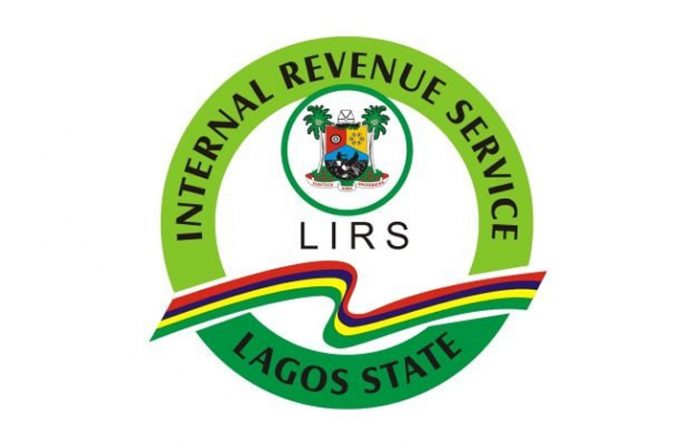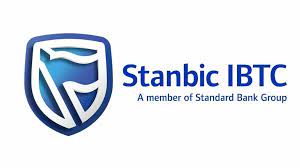October 19, 2020/Fitch Ratings
Image Credit: UBA Plc
Fitch Ratings has revised UBA Senegal’s (UBA SEN) Outlook to Stable from Negative while affirming the Long-Term Issuer Default Rating (IDR) at ‘B-‘. UBA SEN’s Viability rating (VR) of ‘b-‘ is unaffected by this rating action. A full list of rating actions is provided below.
This follows the recent rating action taken on UBA SEN’s 86%-parent Nigeria-based United Bank for Africa Plc (UBA, B/Stable) where its Long-Term IDR was removed from Rating Watch Negative (RWN) and assigned a Stable Outlook, hence indicating an improved ability of the parent to provide support in case of need (see ”Fitch Affirms United Bank For Africa at ‘B’; off RWN; Outlook Stable, October 5, 2020).
The removal of the RWN on UBA’s Long-Term IDR reflects Fitch’s view of receding near-term risks to the bank’s credit fundamentals from the economic fallout in Nigeria arising from the oil price crash and coronavirus pandemic.
The Stable Outlook on UBA SEN’s LT IDR mirrors that on UBA.
Key Rating Drivers
IDRs and Support Rating
UBA SEN’s IDRs are driven by potential support from the parent bank in case of need. The Support Rating (SR) of ‘5’ indicates Fitch’s view that parental support is possible, notably given the size of UBA SEN (only 3% of group assets), but cannot be relied upon because of UBA’s low financial ability to do so, as reflected in the bank’s Long-Term IDR of ‘B’. We see a moderate risk that potential regulatory restrictions on access to foreign currency in Nigeria (B/Stable) could make it difficult for UBA to provide timely and sufficient support to its foreign subsidiaries.
UBA has a high propensity to support UBA SEN given its pan-African strategy and platform. We rate UBA SEN one notch below the parent to reflect the subsidiary’s more limited contribution on an individual basis to this strategy. Therefore, UBA SEN’s role in the group has a high influence on the rating. Other factors considered in our assessment of UBA’s propensity to provide support include its majority ownership in UBA SEN, various aspects of management integration including rotation of senior executives across key sub-Saharan subsidiaries, and common branding.
Rating Sensitivities
Factors that could, individually or collectively, lead to positive rating action/upgrade:
An upgrade of UBA SEN’s Long-Term IDR and SR would require an upgrade of UBA’s Long-Term IDR (which we do not expect in the near term given the Stable Outlook) or an upgrade of UBA SEN’s VR.
Factors that could, individually or collectively, lead to negative rating action/downgrade:
UBA SEN’s Long-Term IDR is sensitive to a change in UBA’s Long-Term IDR or a reduced willingness of the parent to provide support. We do not expect changes in either of these areas in the foreseeable future.
Best/Worst Case Rating Scenario
International scale credit ratings of Financial Institutions and Covered Bond issuers have a best-case rating upgrade scenario (defined as the 99th percentile of rating transitions, measured in a positive direction) of three notches over a three-year rating horizon; and a worst-case rating downgrade scenario (defined as the 99th percentile of rating transitions, measured in a negative direction) of four notches over three years. The complete span of best- and worst-case scenario credit ratings for all rating categories ranges from ‘AAA’ to ‘D’. Best- and worst-case scenario credit ratings are based on historical performance.
References For Substantially Material Source Cited As Key Driver Of Rating
The principal sources of information used in the analysis are described in the Applicable Criteria.
Public Ratings With Credit Linkage To Other Ratings
The IDRs and SR of UBA SEN are driven by a limited probability of support from UBA.
ESG Considerations
Unless otherwise disclosed in this section, the highest level of ESG credit relevance is a score of ‘3’. This means ESG issues are credit-neutral or have only a minimal credit impact on the entity, either due to their nature or the way in which they are being managed by the entity.














